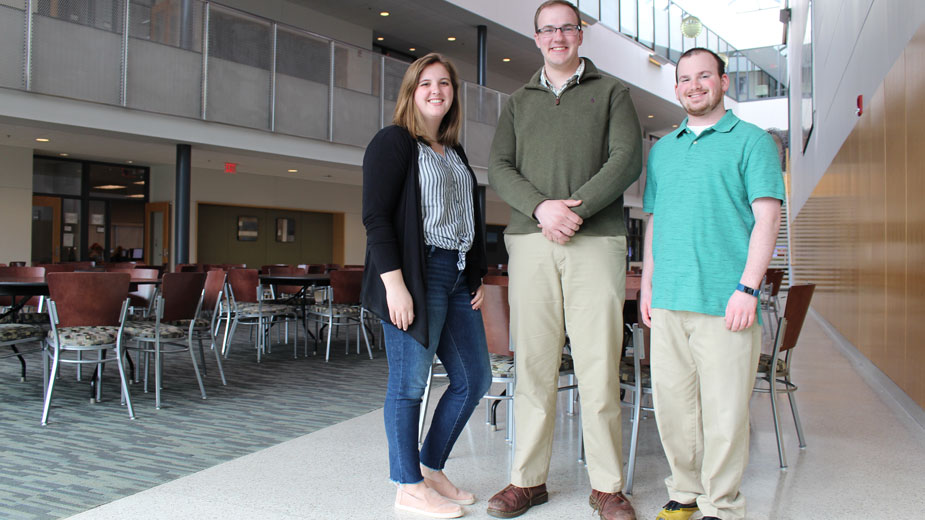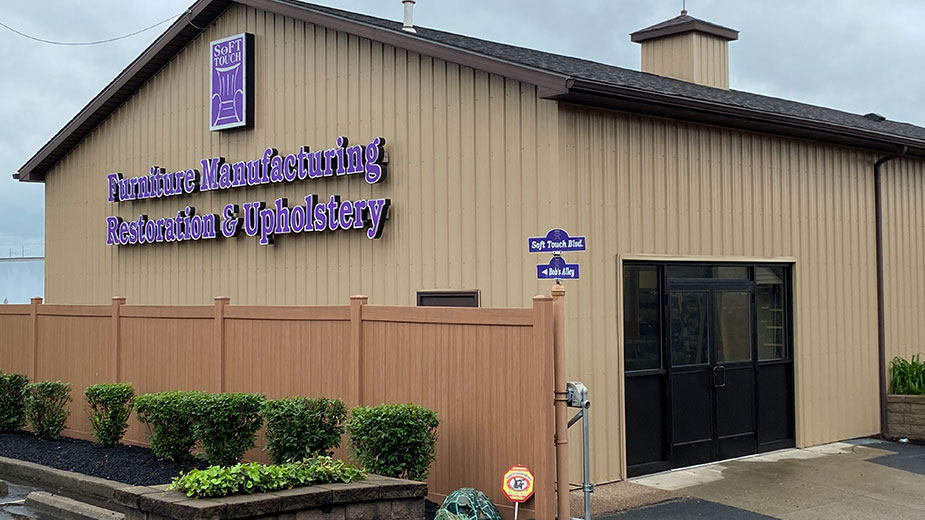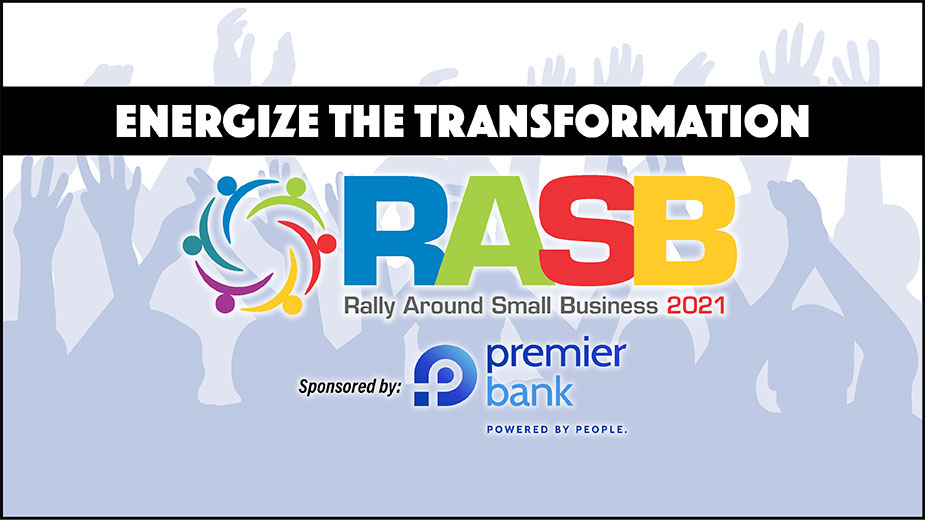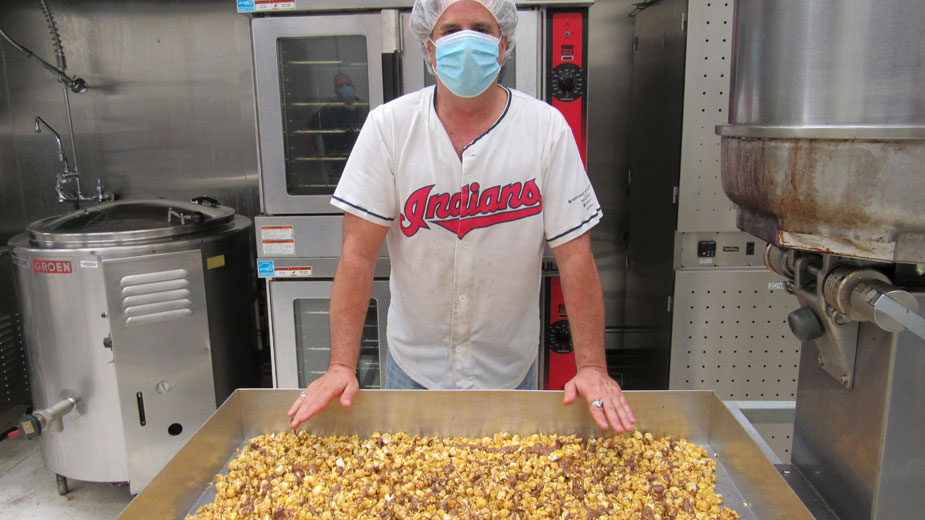SBDC Center at YSU Serves 300 Clients Annually
YOUNGSTOWN, Ohio — A whiteboard at one end of the conference room is filled with Post-it notes, all stuck in neat columns in various shades of blue. Venn diagrams, strategic goals and other notes are in scrawled handwriting across the board in erasable marker – the results of a recent brainstorming session.
It’s all a part of a creative problem-solving process used at the Ohio Small Business Development Center at Youngstown State University that helps identify challenges facing small companies and arriving at solutions that could rectify them.
“It’s relatively new to those outside of Silicon Valley,” says Joseph Scott, a business consultant at SBDC, of the process. “We’ve been working with it for about six months now.”
The Ohio SBDC at YSU is one of about 1,000 such SBDCs in the country and 28 in Ohio. The purpose of these organizations is to provide counseling and assistance to those who are interested in starting their own businesses or expanding existing companies.
One way to approach this is through this technique. While it’s been used for years on the West Coast and in larger corporations, it’s relatively unknown in smaller markets such as the Mahoning Valley.
Creative problem-solving involves four stages, Scott says.
The first is taking measures to clarify the issues facing the business. Then, during the ideation stage, decision-makers are placed together in a group, where they hash out ideas in a brainstorming session that opens up the floor to any kind of proposition.
“It could be anything off-the-wall,” Scott says. “From these ideas, we converge and select the ones we, as a group, feel have the most potential.”
The third stage is development, he continues, where the session combines some of these ideas or singles out one that has a strong chance of solving the problem.
The final phase is implementing these solutions.
As an example, Scott points to a similar technique General Motors Co. used years ago in an effort to address problems it was having with its tool- and-die processes. The problem was that the company extruders and presses were breaking some of the die molds during production, costing the automaker money.
“A consultant came in and conducted a 20-minute session where they got engineers and administrators talking about this problem,” Scott says.
The group tossed around a flurry of ideas about how to address the problem. None were very good until an engineer suggested using the nonstick cooking spray Pam to lubricate the machines and reduce friction.
Another engineer in the room thought that the use of Pam on its own wouldn’t work, but noted that the formula could be adjusted to make it work.
“They tweaked it, used it on the machines and it stopped breaking the molds,” Scott says. “A 20-minute session saved GM $50,000 right then and there.”
Most of the companies moving through this process are existing businesses, Scott says, but there are some aspects of the process that can help startups as well.
“It can help identify a business that someone wants to start,” he notes.
For more than 30 years, the SBDC at YSU – it’s housed in the Williamson College of Business Administration – has served as an important resource in the Mahoning Valley for both early-stage companies and existing firms that seek ways to expand, increase market share and create jobs.
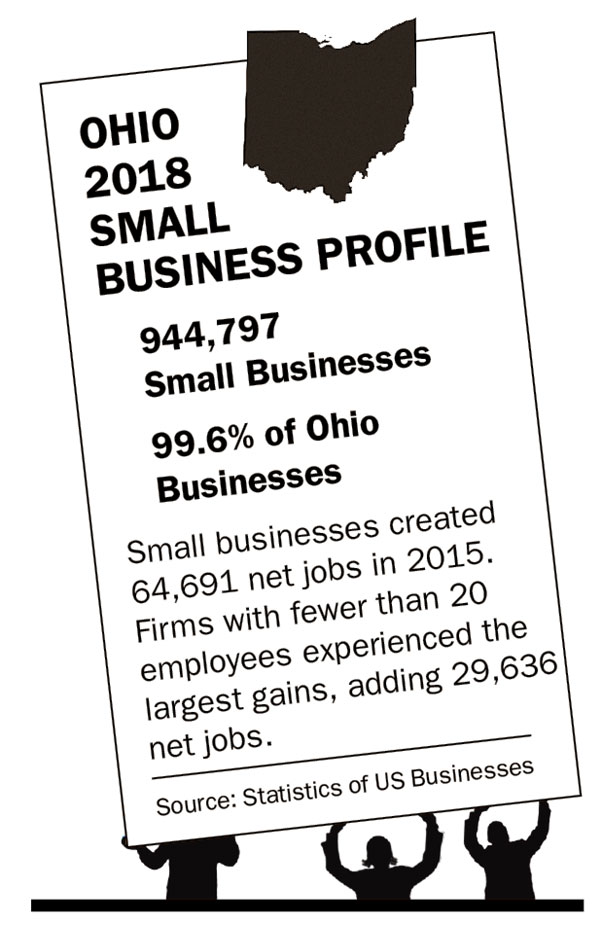
It could be that a future entrepreneur has a great idea for a business, but isn’t quite sure how to go about launching this startup.
Or, there may be an existing company that has done well over the years, but now wants to figure out how to remain relevant in the fast-paced and changing world of industry and technology so it secures its long-term survival.
And there are companies always searching for new markets and ways to broaden their customer bases, including those considering international trade. These are just several scenarios that present themselves every day to the SBDC.
“We want to help them make good business decisions and help them grow,” says Levi Smith, an SBDC consultant. “We want to be sure they make the right decisions and test their viability. Whatever we’re doing, we’re setting up businesses to be successful.”
More specifically, the SBDC targets those defined as small businesses – that is, companies with 500 or fewer employees and less than $50 million in capital, Smith says. “That describes just about every business in the Mahoning Valley,” he adds.
That means the local chapter is a busy place. The center handles about 300 clients annually.
“We’re able to assist across the board, with the exception of law and accounting,” Smith says. “We specialize in market research and financing.”
Among the primary goals of the SBDC is to strengthen the position of a company in the marketplace, Smith says, so that it is able to present a solid business case to lenders or investors to secure capital.
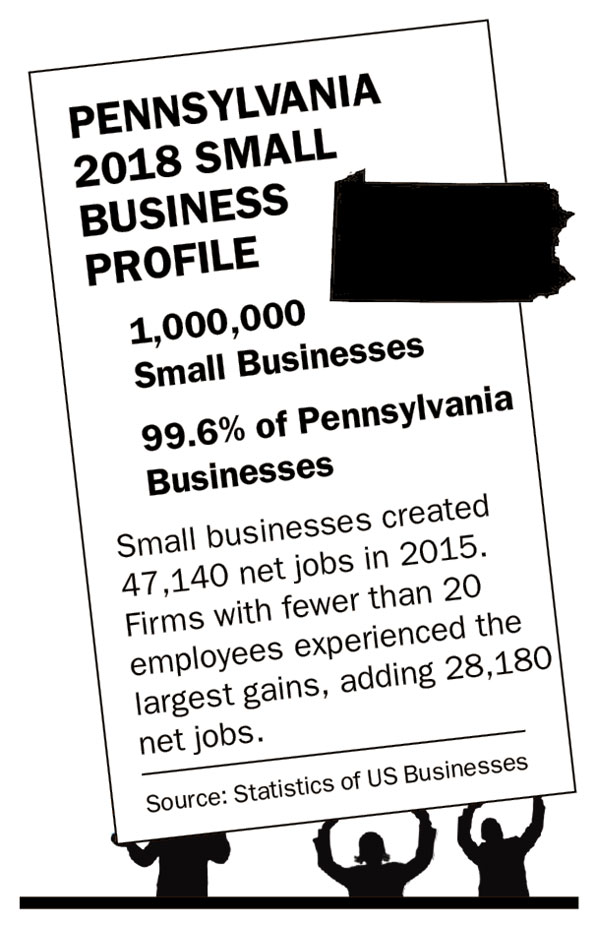
“We can help a business obtain financing, whether it’s through developing cash-flow forecasts, testing the viability of a project or providing that company data that is quality data,” he says.
Most clients using the SBDC – there is no fee for its services – are existing businesses, Smith notes.
However, a large number of clients are would-be entrepreneurs who have never owned or operated a business and don’t know where to begin.
“It’s always difficult to take a business from the concept stage to the next stage,” Smith says.
Initially, the SBDC can direct the individual to the business and investment center at the Public Library of Youngstown and Mahoning County, and then mentor them on how to navigate this resource.
“Once they’ve completed that, we can take them to the next level,” he says, whether that entails developing a comprehensive business plan, market research or even access to financing.
“We can give them an idea of what their business will look like in the economic climate of the Mahoning Valley,” Smith says.
Among the first steps the organization takes is to assess the viability of a new business, product or investment.
“We don’t want a client to spend money on a project that is only going to sink them into debt the rest of their life,” Scott says. “We want them to be as successful as possible.”
Sometimes the answers these consultants give are not what the client wants to hear, he says. For example, should a feasibility study of a project or product show that the venture would have a difficult time succeeding in this market, then advisers would counsel against making such a major investment at that time. That doesn’t mean the client couldn’t tweak the idea and return at a later date with a revised or scaled-down plan that might work.
In many cases, making the best decisions requires an in-depth analysis of the goals of a small business, problems and areas of strength. Startups as well can benefit from the counsel the center offers, notes Smith.
In 2018, the SBDC at YSU helped 30 business startups, Smith says.
While it’s difficult to quantify the rate of success for these new businesses, Smith believes that it falls below the 30% national average of startup failures.
The local SBDC has worked with companies across the board – manufacturing, health care, restaurants retail, startups – and each has its particular needs.
“Everything we do is on a client-by-client basis,” he says. “We were able to work with a lot of service companies in this area.”
Overall, Smith considers the local economy to be fairly strong.
And he observes this in the wake of the decision by General Motors to idle the Lordstown Assembly Complex, eliminating 1,600 jobs at the plant and another 1,000 estimated additional jobs lost with suppliers and other automotive-related companies.
The local economy today is in better shape to absorb the loss of such a major manufacturer, Smith says.
First, he points out that the TJX HomeGoods brand is planning to construct its 1.2 million square-foot distribution center in Lordstown, which could create another 1,400 jobs.
“Plus, there’s a lot of robust hiring in the local economy. So I don’t think the closure of GM will have as big an impact as we really feared.”
The loss of GM, he says, would be most felt throughout the local economy as a result of employee out- migration – that is, those GM Lordstown workers who have relocated to other plants to find work.
Indeed, there could be more opportunity in the future as the Mahoning Valley trades the large-scale traditional manufacturing model for a sleeker, more nimble new economy driven by innovation and technology, Smith says.
Often, when a major employer closes its doors, a handful of those former employees who possess certain skills seek to strike out on their own. One of the first places where they look for guidance is the SBDC.
“We have people walk through our door who were once employees of GM and come in with an idea to start their own business,” he says.
For Smith, all of this points to a diverse, innovative local economy in which the SBDC plays an important part.
“It’s sad that corporations such as GM are gone,” he reflects. “But, there are opportunities in the new economy. It’s so exciting.”
Copyright 2024 The Business Journal, Youngstown, Ohio.
